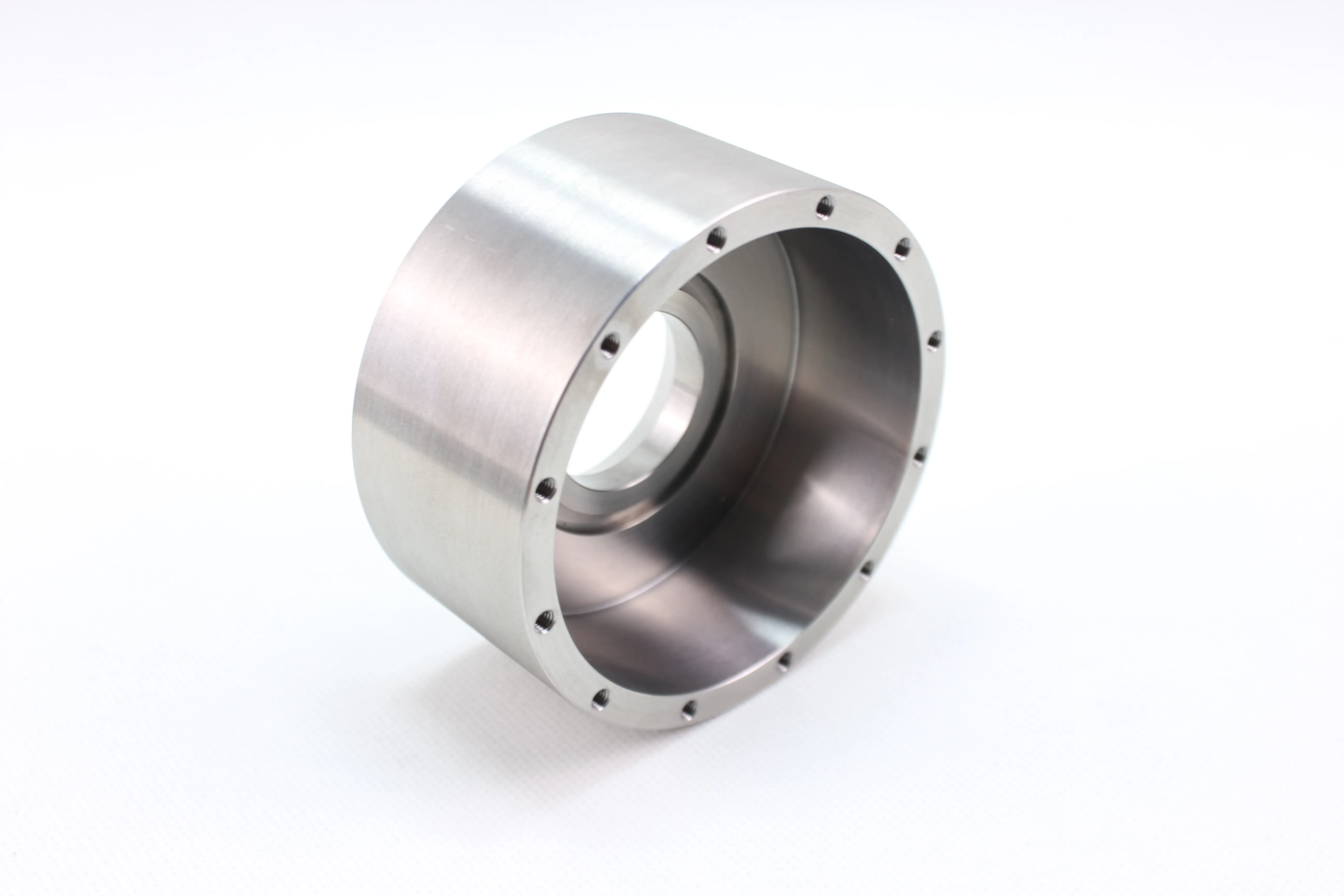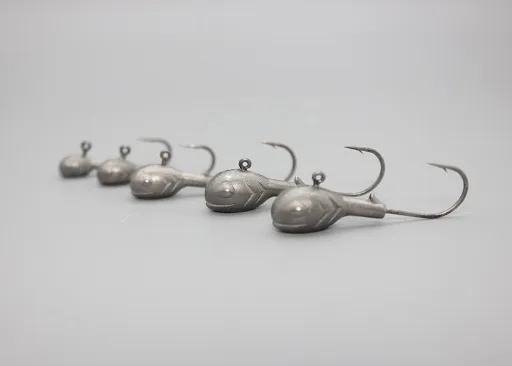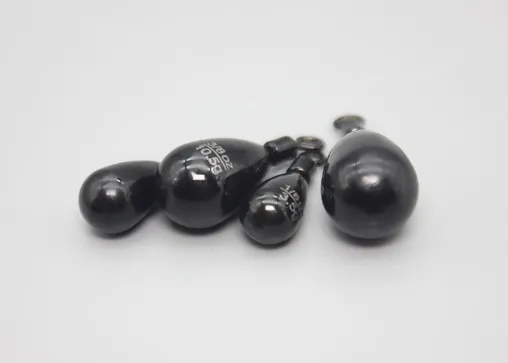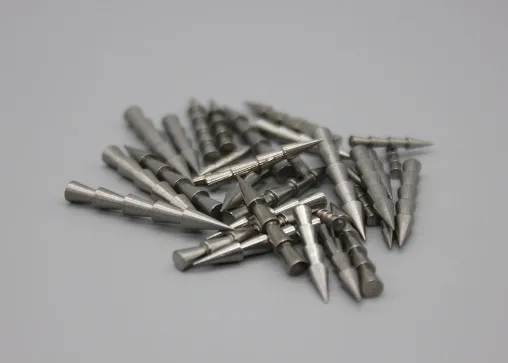What are the characteristics and applications of tungsten-nickel-iron alloy?
Tungsten-nickel-iron alloy (W-Ni-Fe) is a high-performance material in which tungsten serves as the primary matrix component (typically comprising ≥ 90%), while nickel and iron function as the binding phase. The key properties and application areas of this alloy are summarized as follows:
Physical and Mechanical Properties
Ultra-high density
The density ranges from 17.5 to 18.5 g/cm³, reaching up to 18.6 g/cm³, which is more than double that of steel. This makes the alloy particularly suitable for applications requiring high-density load-bearing components.
Excellent mechanical properties
Tensile strength: In the sintered state, the tensile strength ranges from 800 to 1000 MPa; following heat treatment or deformation strengthening, it can increase to 1300–1500 MPa.
Ductility: Elongation typically ranges from 10% to 15% in the sintered state and can be enhanced to 20%–30% after dehydrogenation treatment.
Hardness: The hardness ranges from 28 to 36 HRC, with higher tungsten content correlating with increased hardness.

Environmental stability
The alloy exhibits excellent high-temperature corrosion resistance and maintains structural integrity and performance at temperatures up to 1100°C (red hardness). Additionally, it demonstrates radiation resistance, seawater corrosion resistance, and thermal conductivity that is approximately five times greater than that of mold steel.
Core Application Areas
1. Defense and armor-piercing ammunition
The alloy is widely used as the core material in armor-piercing projectiles, where its high density and strength ensure sufficient kinetic penetration energy and destructive capability.
2. Aerospace weight-bearing components
It is employed in the manufacture of aircraft rotor balance blocks and spacecraft center-of-gravity adjustment components, enabling high mass requirements to be met within compact volumes.
3. Radiation shielding
The alloy is used in nuclear reactor shielding layers and medical CT/X-ray shielding components, effectively absorbing radiation.
4. Industrial molds and corrosion-resistant components
It is suitable for high-stress industrial applications such as extrusion molds and high-temperature stamping heads. Additionally, it is used in chemical equipment components that must resist corrosion from acidic and alkaline media.
5. High-end civilian applications
The alloy is applied in racing and sailing weight-bearing blocks, precision instrument balance parts, and biocompatible medical implants such as joint prostheses and support structures.
Manufacturing Process and Advantages
The alloy is typically produced using powder metallurgy combined with injection molding, achieving a material utilization rate exceeding 97% and dimensional tolerances within ±0.1%–0.5%.
It also demonstrates excellent machinability, allowing for turning, milling, forging, and welding operations, including copper/silver brazing compatibility.

 EN
EN AR
AR FR
FR DE
DE HI
HI IT
IT JA
JA KO
KO PT
PT RU
RU ES
ES ID
ID LV
LV VI
VI HU
HU MS
MS GA
GA BE
BE YI
YI EU
EU


